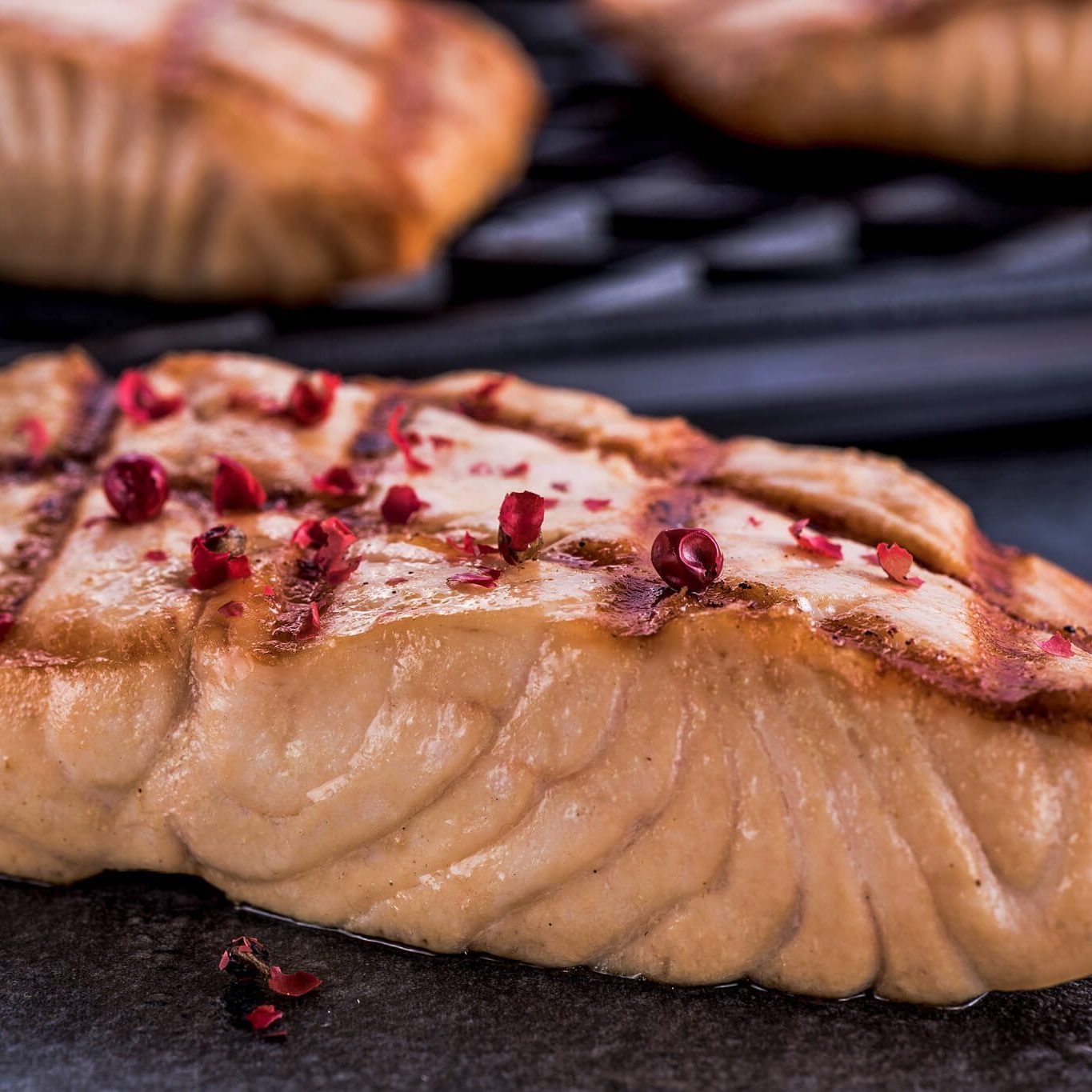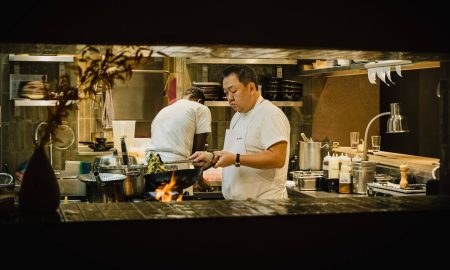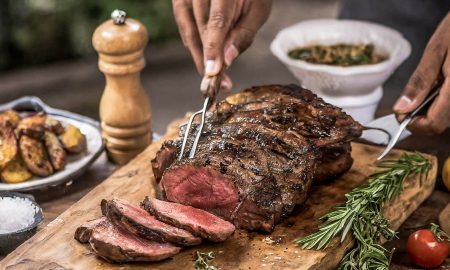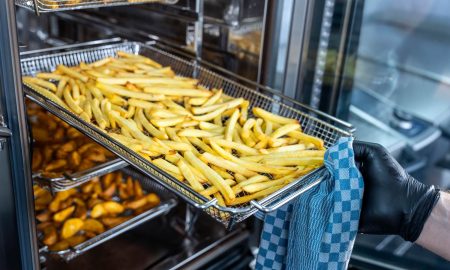Mastering fire is mankind’s oldest technique. It brings us the same pleasures today as it did in the past: a cozy get-together with loved ones and deliciously prepared specialties – whether mammoth, wagyu beef or from our own vegetable garden. And even though we might or might not have known about the Maillard reaction, we still have these complex chemical processes for the conversion of various amines under the influence of heat to thank for the special taste of grilled food: that appetizing aroma and fantastic roasted taste.
Synonymous or not: BBQ and grilling
Without these roasted flavors – and the grill marks we associate with them – you can’t successfully barbecue (BBQ) or grill anything. This is the case even though there are major differences between these two preparation methods. Nevertheless, the terms are used as synonyms in some parts of the world. The English, and internationally common, word barbecue is derived from the Mexican term barbacoa, which was already used to describe slowly cooking meat inside a covered pit in the 16th century.
This slow cooking is still a hallmark of BBQ today: Meat (as well as fish and vegetables) is cooked indirectly at a low temperature, in other words not over embers, and often in a closed cooking space for several hours; “low & slow”, as they say in the USA.
While the temperature in a BBQ smoker is typically between 95 and 120 degrees Celsius (at a 90-degree core temperature), barbecuing takes place in a range of 180 to 350 degrees directly above the embers or flames. “Depending on which type you choose, this has an influence on how the meat should be treated beforehand if you want to achieve the best taste experience,” says Marcel Ksoll, who should know.
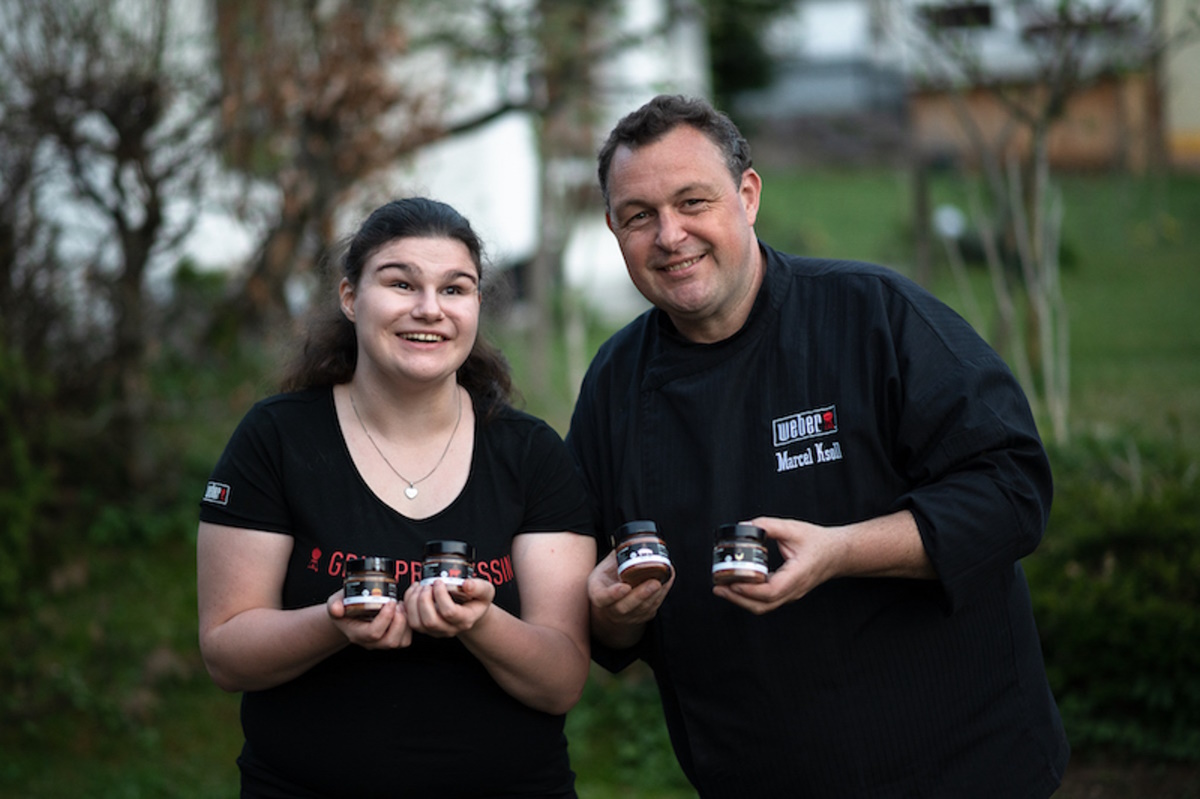
Image: Anzhelika Kroiss
Meat from the specialist
The Austrian grilling expert is a trained chef, operates his own spice factory and holds up to 200 grilling seminars per year. “As with any other preparation method, the quality of the food is the key. I also know supermarkets that offer good meat. But as a rule, I would prefer my trusted butcher when it comes to buying the right cuts of well-cured meat.”
Ksoll goes on to clear up a widespread misconception. “I often hear that meat should be at room temperature before being placed on the grill. As a trained hygiene manager, I firmly reject this idea. It’s ideal if I put the meat in the fridge one to one and a half hours before grilling and it warms up to six to seven degrees.”
Do not use oil!
The question of whether and how to marinate meat before grilling or BBQing is an exciting and quite controversial one. Marcel Ksoll is highly critical of a practice that is particularly popular at home gatherings. “Of course, everyone has their own theories. However, it simply doesn’t make sense to oil meat before grilling. Oil preserves, but it does not marinate. What’s more: The drier the meat is, the less it sticks to the barbecue grill. You also need to be aware that oil drips into the embers when grilling directly and burns immediately.”
He also advises caution when it comes to dry spice mixes. “When barbecuing, in other words using indirect heat, I season my meat beforehand. But if I put meat on the grill at 300 to 400 degrees, the spices will quickly burn and develop a bitter taste.” His solution to this problem is simple – which also answers the question of whether meat should be salted beforehand. “Salt is known to remove water from meat – and we don’t want that. I just need to season my steak during the resting phase. When it comes to salt, I recommend high-quality salt flakes or pyramid salt, which absorbs the juice nicely.”
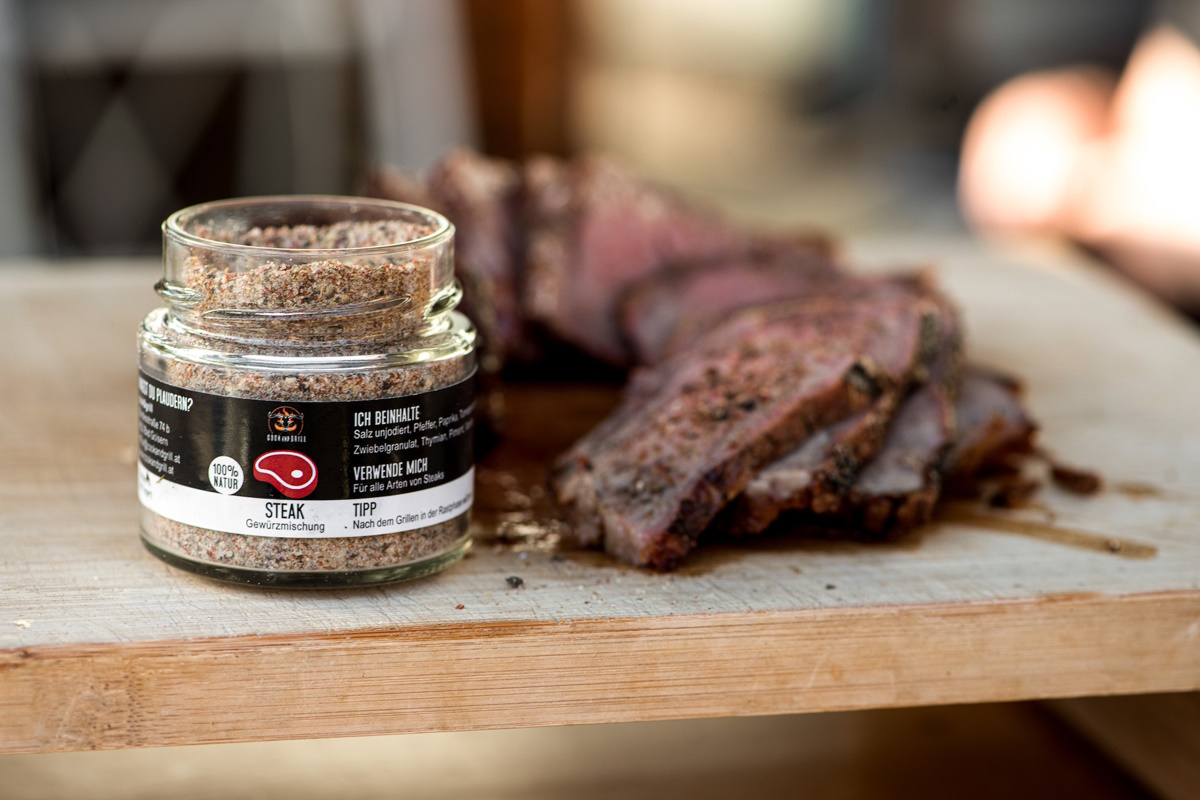
Image: Anzhelika Kroiss
Thick rather than thin
Whether it’s BBQ or grilling, Marcel Ksoll advises investing in professional equipment for both private and professional use. He considers a core temperature probe absolutely essential. “Temperature is an essential factor. In my classes, I always notice how many people are grilling at far too high a heat. Nowadays, however, you can find the optimal core temperature for practically any meat on the Internet. The core temperature probe really helps you cook successfully – every time!”
And Marcel Ksoll is happy to reveal another key success factor for successful BBQ at home or in gastronomy. “Use bigger, thicker pieces of meat! Not only when barbecuing, but also when grilling. These thin slices, which you can usually buy pre-cut in the supermarket, are cooked far too quickly and then dry out. The thicker the slice of meat, the less stress I have. I prefer to use a thick piece of meat and cut it into thin, juicy slices against the grain at the end.”
Tricks for time management
Needless to say, this takes longer. Which brings Marcel Ksoll to a topic that perhaps plays a much bigger role in the restaurant industry, but can also make the difference between the success or failure ofBBQ at home as well: time management. But don’t worry, the pro has another simple trick up his sleeve to help you cope with your guests’ impatience. “Just prepare several courses. Children are usually happy when they get a grilled sausage right away. But grilled halloumi or tofu can also be a good BBQ starter – and meat-free alternatives like smashed avocado with tomato salsa also work amazingly well as an in-between course.” In any case, it is important to always give the meat enough time to rest and relax in the truest sense of the word. “You just have to give yourself enough time when grilling and enjoy the whole process.”
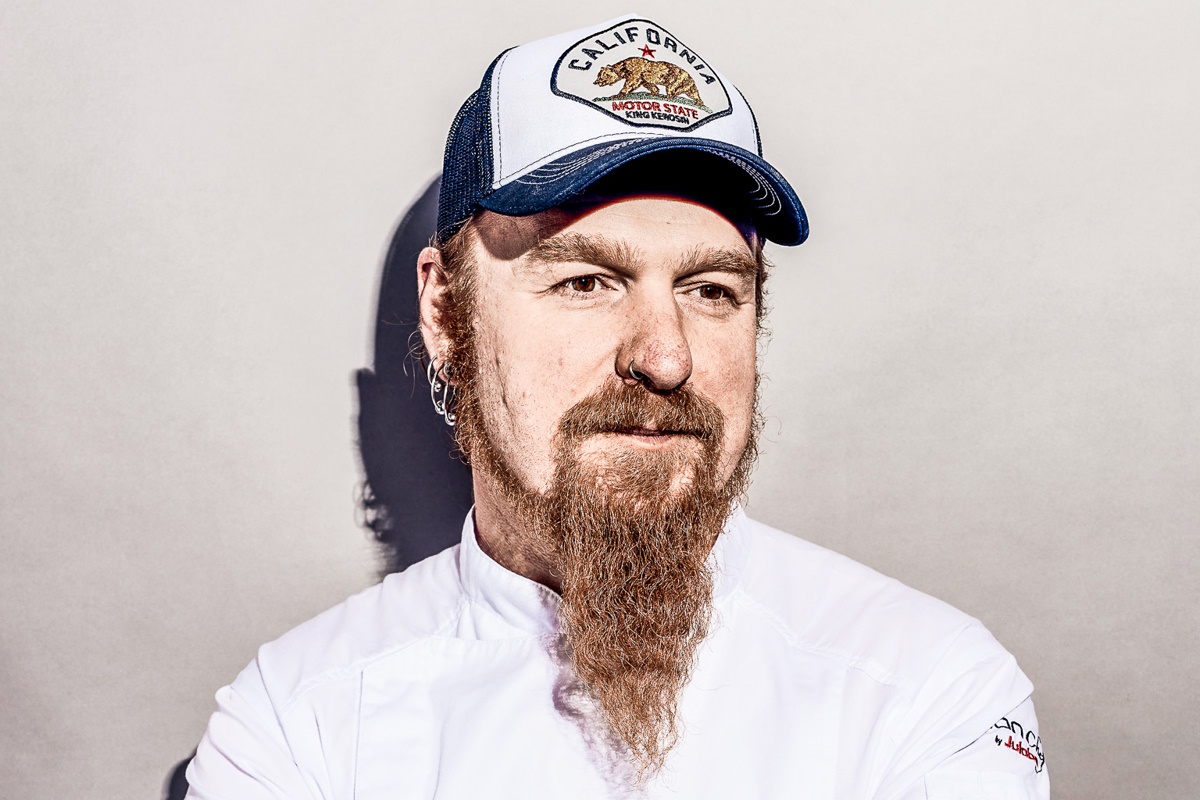
Image: Thorsten Holthaus
Grilling with a combi-steamer
It goes without saying that barbecues and BBQs are often synonymous with summer, good weather and laid-back get-togethers with family or friends. But in restaurants and gastronomy, grilled food is sometimes on the menu even when it’s raining, and time is usually rather short in supply.
For the German “meat pope” Ludwig Maurer, the right equipment, which allows you to prepare food regardless of the weather as well as optimal time management, therefore plays a key role. However, there is a wide range of cooking systems: Electric, gas or charcoal – grill, smoker or even a completely different cooking system – the same applies to use in the gastronomy sector, where opinions and philosophies differ. The chef, restaurateur (Stoi) and passionate breeder of organic Wagyu cattle doesn’t rely on a conventional griddle or a grill for gastronomy when it comes to grilling and BBQ – instead, he relies on the iCombi Pro from Rational. Yes, you read that right, he uses a combi-steamer.
The operating concept is simple and includes perfectly coordinated processes to give meat the desired roasted flavors and grill marks in various ways. The low-temperature smoking mode, for example, is similar to classic BBQ. “I can prepare a smoked brisket fully automatically with the help of the VarioSmoker,” says the star chef.
And he does this quite simply by letting the meat cook up juicy all night at an external temperature of 120 degrees and a core temperature of 90 degrees: with no time pressure and no need for a lot of staff. “I rub the brisket firmly with my desired seasoning mixture beforehand. When it’s ready the next morning, it looks black on the outside. But the spices didn’t burn because we worked at low temperatures and indirect heat. These so-called ‘burned ends’ are nice and crispy, a special treat.”
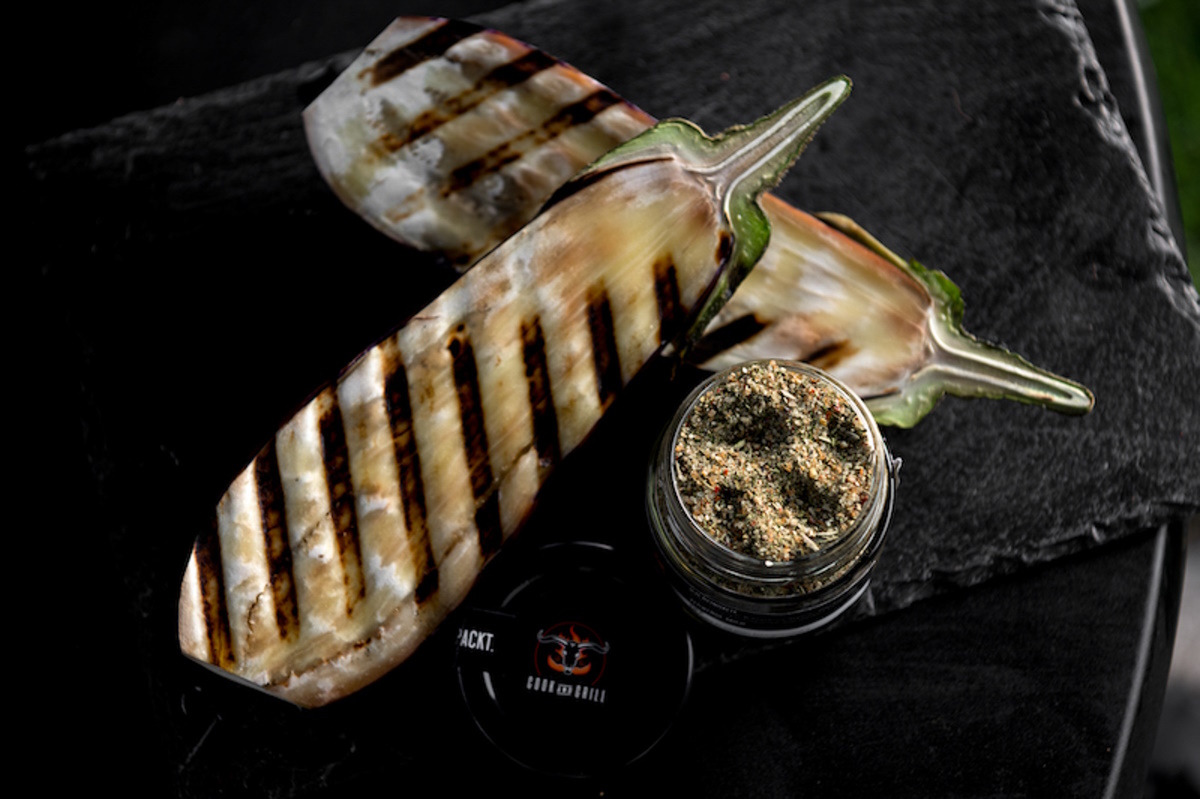
Image: Anzhelika Kroiss
Sous-vide for grilling
The sous-vide method can also be very useful when grilling. For example, when “Lucki” Maurer – who published a fine cookbook called Fine Dining Grill & BBQ in 2022 – prepared larger quantities of flank steaks. “You could also grill the meat directly. But if you don’t know how many guests are actually coming, you can simply vacuum seal any number of steaks individually and slowly (pre)cook them at 46 degrees in the iCombi Pro. When the orders start coming in, you can finish them off briefly in the combi-steamer. This method doesn’t just prevent the meat from tasting tough. By grilling, you can also heat it up to 54 degrees, which is the perfect temperature for medium rare.”
Combi-steamer grilling accessories
But if you think you have to do without the beloved roasted aromas and those perfect grill marks, far from it. Rational offers various accessories for iCombi ovens. As the name suggests, the cross and stripe grill grate has a cross or diamond pattern on one side and a stripe pattern on the other. Both sides can also be loaded cold, for example, with antipasti. When hot, it gives the meat – cooked sous-vide, for example – the typical appearance and classic aroma of grilled meat within a few minutes.
The grill and pizza tray, on the other hand, with its fine grill marks, must be preheated. It has a metal core and is therefore considerably heavier, but retains the heat perfectly. “We grill the meat for three minutes on each side and then heat through.” The grilling and roasting tray, on the other hand, is the perfect tool for transforming larger quantities of sausages into a delicious experience full of mouth-watering roasted flavors in just a few minutes.
Whether with a griddle, electric or gas grill, indoors or outdoors. Ideally, the meat should rest on the plate or chopping board for a moment after heating through. How long exactly? A pro tip: keep cooking until the herbal butter draped on top has completely melted – a treat that our ancestors probably didn’t know.


